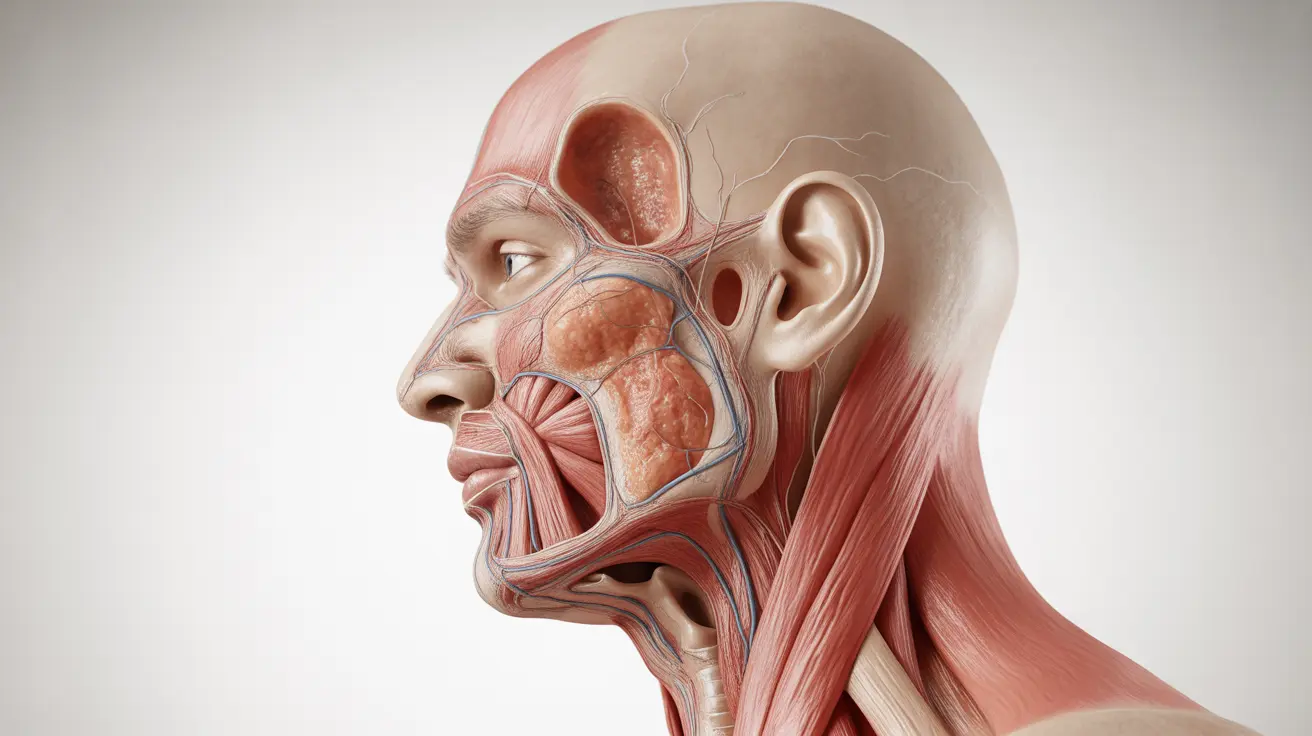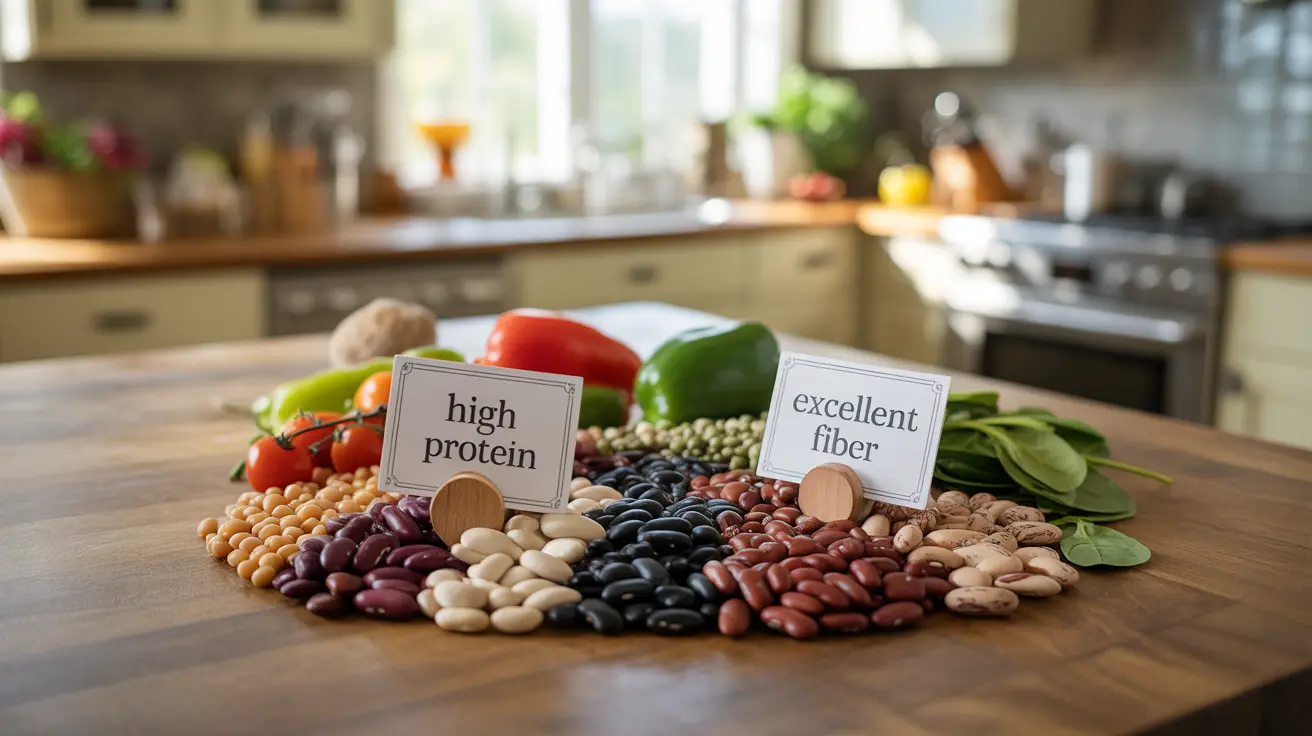Looking to completely transform your fitness level and physique? The 80 Day Obsession workout program offers a comprehensive approach to achieving your fitness goals through structured exercise routines and precise nutrition timing. This intensive program combines targeted workouts with specific eating windows to maximize results and build sustainable healthy habits.
Let's dive deep into everything you need to know about this challenging yet rewarding fitness journey, from its unique workout structure to the nutrition strategy that powers your transformation.
Program Structure and Timeline
The 80 Day Obsession program is divided into three distinct phases, each designed to progressively challenge your body and prevent plateaus:
- Phase 1 (Days 1-26): Foundation and endurance building
- Phase 2 (Days 27-53): Intensity increase and strength development
- Phase 3 (Days 54-80): Peak phase for maximum results
Each week includes six workout days with one rest day, ensuring adequate recovery while maintaining momentum. Workouts typically last 45-60 minutes, making them challenging yet manageable for most schedules.
Workout Types and Target Areas
The program incorporates various workout styles to ensure full-body conditioning:
- Total Body Core
- Booty workouts
- Cardio Core
- AAA (Arms, Abs, and A**)
- Legs
- Cardio Flow
Each workout employs specific equipment including resistance loops, strength slides, and weights to enhance effectiveness and provide progressive overload.
Timed Nutrition Strategy
The nutrition component of 80 Day Obsession is just as structured as the workouts. The plan uses specific eating windows aligned with your workout schedule to optimize energy levels and recovery:
- Pre-workout meal: 1-2 hours before exercise
- Post-workout nutrition: Within 30 minutes after completing workouts
- Regular meals: Scheduled throughout the day to maintain energy levels
Fitness Level Requirements
While the program is challenging, it's designed to accommodate different fitness levels through modifications. However, participants should:
- Have basic exercise experience
- Be able to commit to 45-60 minutes daily
- Be comfortable with following structured programs
- Have clearance from their healthcare provider
Progress Tracking and Accountability
Success in the 80 Day Obsession program relies heavily on careful monitoring and documentation:
- Daily workout tracking
- Progress photos
- Measurements
- Food logging
- Weight tracking (optional)
Frequently Asked Questions
What is the structure and schedule of the 80 Day Obsession workout program?
The program runs for 80 consecutive days with six workout days and one rest day per week. It's divided into three progressive phases, each building upon the previous one. Workouts last 45-60 minutes and follow a specific order to target different muscle groups effectively.
How does the 80 Day Obsession nutrition plan use timed nutrition to support fitness goals?
The nutrition plan implements specific eating windows coordinated with your workout schedule. You'll eat at strategic times before and after exercise to maximize energy, performance, and recovery. The plan emphasizes whole foods and proper portion control using a color-coded container system.
What types of workouts are included in the 80 Day Obsession, and what muscle groups do they target?
The program includes six different workout types: Total Body Core, Booty workouts, Cardio Core, AAA (Arms, Abs, and A**), Legs, and Cardio Flow. These workouts target all major muscle groups while emphasizing core strength and lower body development.
Who is the 80 Day Obsession program best suited for in terms of fitness level and goals?
The program is best suited for intermediate to advanced fitness enthusiasts who can commit to daily workouts and structured nutrition. While modifications are available, participants should have basic exercise experience and be ready for an intensive commitment.
How does self-monitoring help improve results in the 80 Day Obsession program?
Self-monitoring through progress photos, measurements, workout tracking, and food logging helps participants stay accountable and make necessary adjustments. This data allows you to track improvements, identify areas needing attention, and maintain motivation throughout the program.




